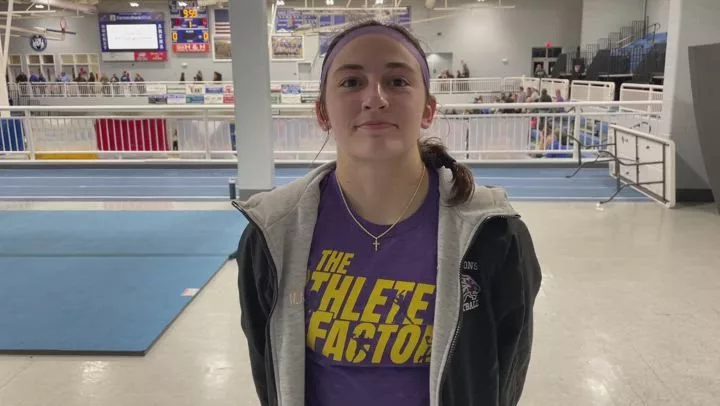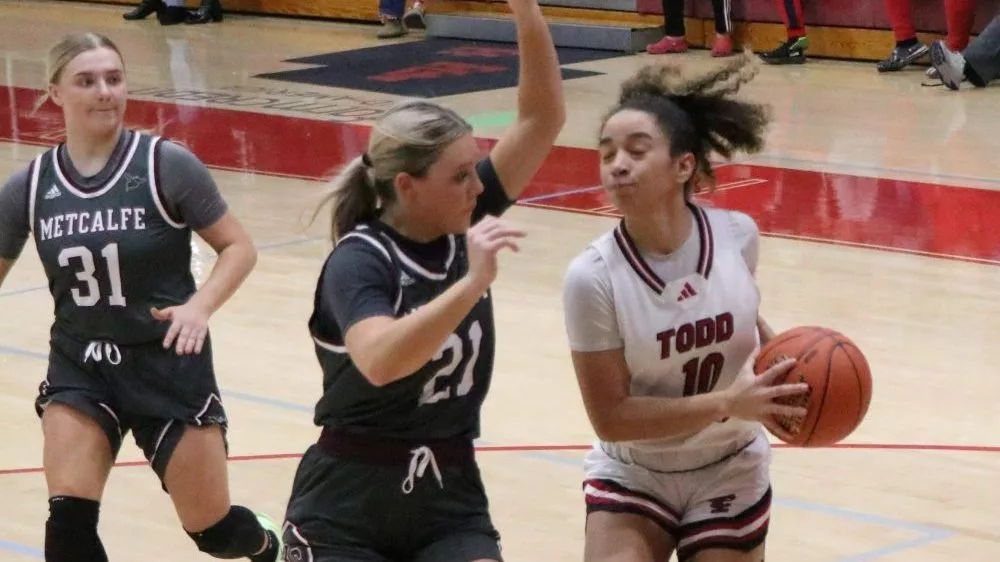
West Kentucky’s pair of destructive December 2021 tornadoes killed scores, and forever changed cities and townships across the Commonwealth.
But lost in translation is the considerable damage done to Land Between the Lakes, as EF3 and EF4 twisters carved large, identifiable paths in one of the country’s most protected woodlands.
In the days following the severe storms, and looking to immediately repair habitats and recreational grounds, the U.S. Forestry Service and other regional officials sought federal authorities for emergency timber and logging access to 6,500 acres.
However, through the Healthy Forests Restoration Act and the National Environmental Protection Act, federal categorical exclusions led to the release and logging authority of more than 85,000 acres.
During Wednesday morning’s meeting of the LBL National Recreation Area Advisory Board, newly-minted LBL Area Supervisor Jim McCoy made one thing clear, it was time to cede and shelve this emergency authority and narrow the foresting focus back to the heavily impacted 6,500 acres.
McCoy said it could take more than a decade to fully repair the damage caused.
According to Environmental Stewardship Staff Officer John Westbrook, the first series of timber sales are nearing completion, and should net LBL more than $4 million in the aftermath.
For the north end, this includes more than 330 acres in Hillman, 195 acres in Jhawk, 320 acres in Rock Chalk, 590 acres in Crab Bay, and 730 acres in Clay Bay. And for the south end, it’s more than 880 acres near Fort Henry, 410 acres in Panther Bay, 270 acres near LP, 870 acres near JB, and 510 acres in Gatlin.
These are monies, Westbrook noted, that could not only be used for future recreational and educational purposes in LBL but also in the immediacy will help pay for the clean-up efforts — a charge no one at the local, state, or federal level would care to afford.
This work, he said, proved necessary for the safety of local and regional visitors, which annually total more than 1.7 million.
Westbrook also stressed that logging efforts weren’t clear cuts, only took place in classified impact zones and included merchantable, salvageable timber that would suit buyers. Furthermore, any green trees were removed in order to facilitate large, and safe, logging operations — in what has been a massive undertaking these last two years.
McCoy and Westbrook both urged that a small percentage of the timber, damaged or not, had to remain untouched because it’s already become part of the LBL ecosystem — and serves as new homes for a variety of flora and fauna, including bats, snakes, owls, turtles and a grasslands biome.
Wednesday’s conversation was more than 90 minutes long, and was prompted by the concerns of Lyon County representatives David Nickell and Johnny Wall — who both underlined that 86,000 acres of permissible timber harvesting was simply “too much.”
Following a five-year hiatus and a refurbishment under the LBL Recreation and Heritage Act, this is only the third time this counsel has convened. Members suggested an informative field trip to the north and south damage zones needs to take place prior to the April 2024 meeting, in order to see where logging operations have occurred.
McCoy and Westbrook said this would be more than feasible.
FULL DISCUSSION:
No data found.





